"If I had 500 million, how would I save and invest to get the most profit?" is the topic in a math project that Trung Kien has been researching for over a month.
During the 10th grade Math project report with the topic "Savings and Investment" at Dewey High School (Hanoi), Nguyen Trung Kien's group presented to the teachers a lot of knowledge about saving, investing, and inflation. The report became more vivid when Kien and his friends performed a play, through situations showing how to invest to make a profit with 500 million VND, in 5 years.
Pretending to be a stock investor in the US, Kien talked about the economic situation here and how to trade in the market. The male student compiled stock prices, charts, and interest calculation tables to illustrate business efficiency. Kien's friend, meanwhile, played the role of a domestic investor, talking about gold prices, bank interest rates, and fluctuations in certain stock codes.

Trung Kien (far left) and his friends presented their Math project on October 11. Photo: Duong Tam
Kien said he had more than a month to research all the information, compile statistics, calculate, and then come up with a presentation idea. "In addition to searching online, I also asked for information and guidance from relatives and teachers," Kien said.
After completing the report, Kien gained more knowledge about financial investment, and understood probability and statistics as required in the Math program.
Bui Ngoc Phuong Thy, expressed her interest in this way of learning. "Instead of being bound by formulas in books, we can think and use Math knowledge in a more practical way, and gain more knowledge and skills in financial analysis, presentation, and teamwork," Thy said. The female student believes that these types of learning projects help her clearly visualize the benefits of learning Math.
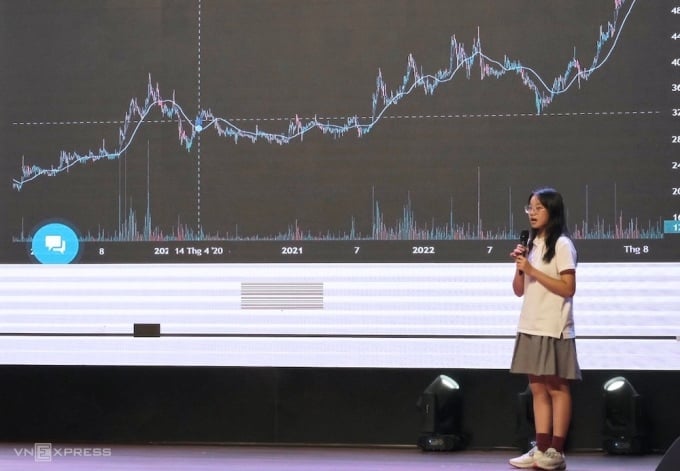
Students present the price of a domestic stock code, in a 10th grade Math project. Photo: Duong Tam
Responding to VnExpress in August, Mr. Nguyen Trong Toan, professor at Pennsylvania State University (USA), said that the shortcoming in teaching and learning Math in Vietnam is the failure to connect theory and exercises at school with reality. This leads to skepticism about learning Math. Students have not found a connection with reality, so their self-discovery thinking has not been stimulated.
Mr. Vu Viet Cuong, Head of the Math Group at Dewey High School, said that Math is considered a difficult subject with many dry formulas and theorems. All the Math teachers at the school are trying to find a way to make students understand "What is the purpose of learning Math?", so that they know that learning Math is not just for adding and subtracting when buying things at the market. Therefore, the whole group came up with the idea of teaching through projects.
After a month of implementation, Mr. Cuong's students collected information and calculated complex quantities such as inflation rate, profit, and measured investment risks.
"These skills are in the Probability - Statistics section, part of the Math subject in the 2018 general education program. Thus, students can both actively acquire knowledge and have the skills to apply it in practice," said Mr. Cuong, believing that when students can visualize the benefits of learning Math, they will be more interested.
Currently, some high schools, especially private schools, are implementing this method. In public schools, many activities are also interspersed with traditional lectures.
Master Nguyen Quang Thi, a Math teacher at Bao Loc High School, Lam Dong, said that this program reform (new general education program) clearly shows the policy of bringing Math into life, meaning applying Math knowledge to solve practical problems.
"This is the general teaching trend in the world," said Mr. Thi.
In the new curriculum, each lesson and unit of knowledge requires teachers to develop appropriate activities. For example, at Bao Loc school, a lesson taught by Mr. Thi usually takes place in the following order: warm-up, knowledge formation, practice, exploration and expansion. Mr. Thi includes games, stories or practical activities to create excitement for students.
According to this teacher, knowledge such as calculating volume, functions, powers and logarithms, integrals or Cauchy inequality can all be linked to practical problems, helping students see that Mathematics is very close.
"Teachers present situations that occur in life for students to approach and think about, and then together solve the situations using mathematical knowledge. That way, students will be happy and comfortable when receiving knowledge," said Mr. Thi.
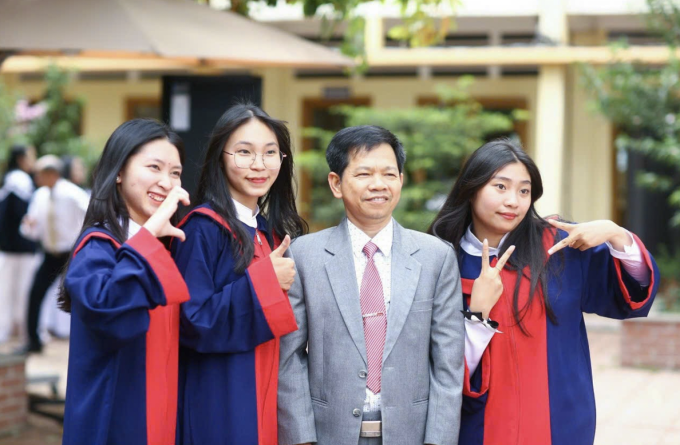
Teacher Thi with his students. Photo: Provided by the character
The 2018 general education program has been implemented in most grades (except grades 5, 9 and 12). For Mathematics, the drafting committee built the program based on the viewpoint of "simplification - practicality - modernity - creativity", so that students can solve practical problems.
A math teacher at a secondary school in Hanoi believes that teaching math through projects and games is an effective way to achieve the above goal. However, not all schools and teachers want to apply the new teaching method. This teacher also believes that if the exam is not reformed, learning math in the old way, focusing on solving exercises, even tricky problems, will still be the main thing.
Source link








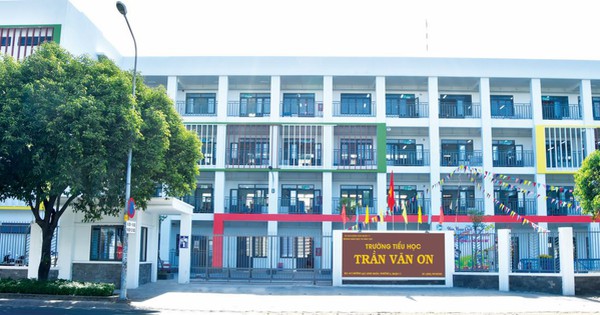





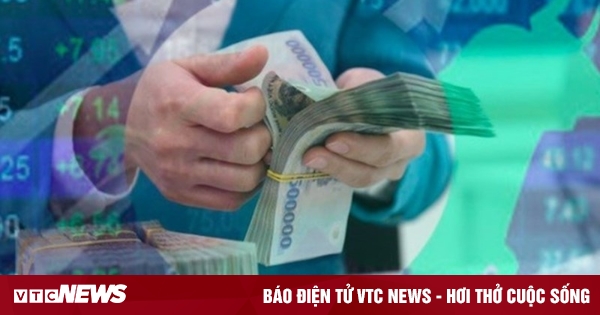


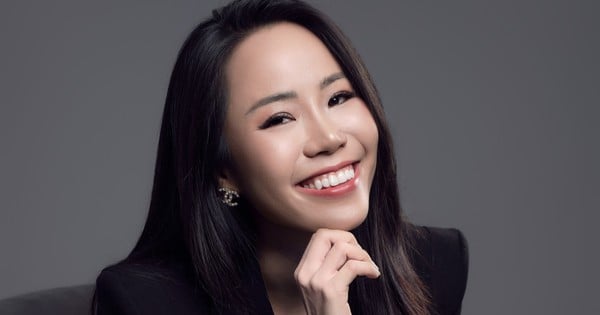



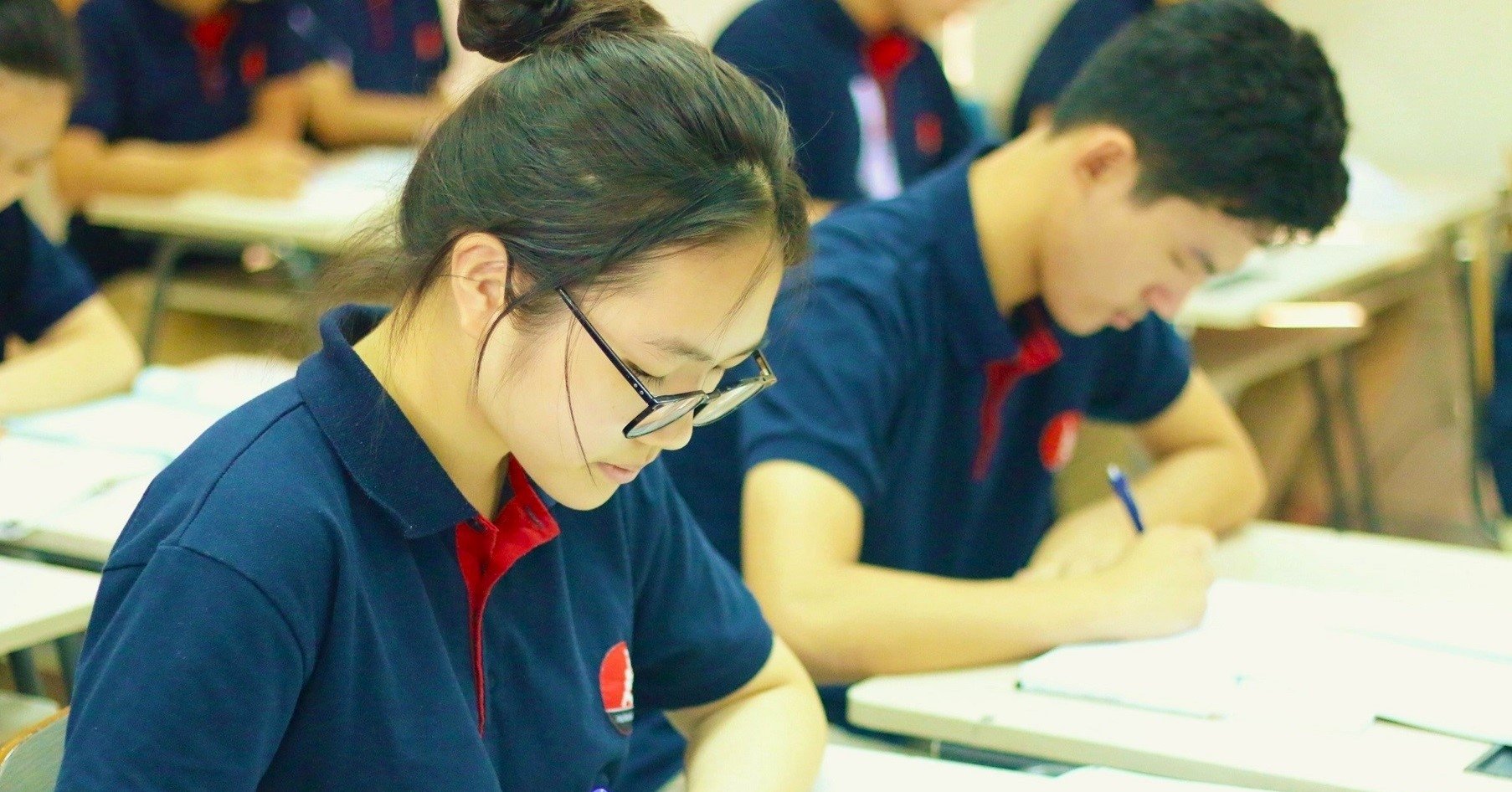

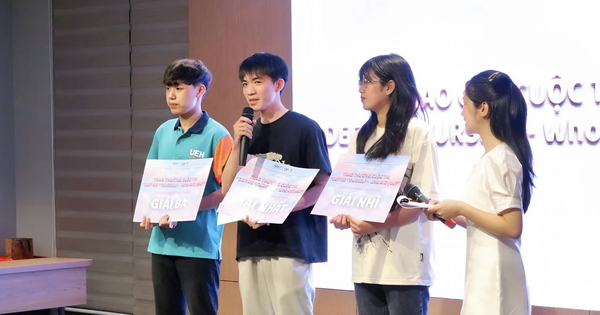
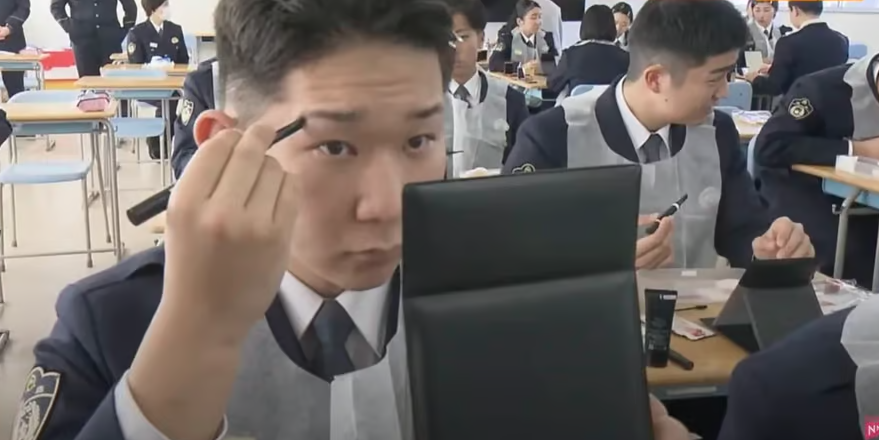

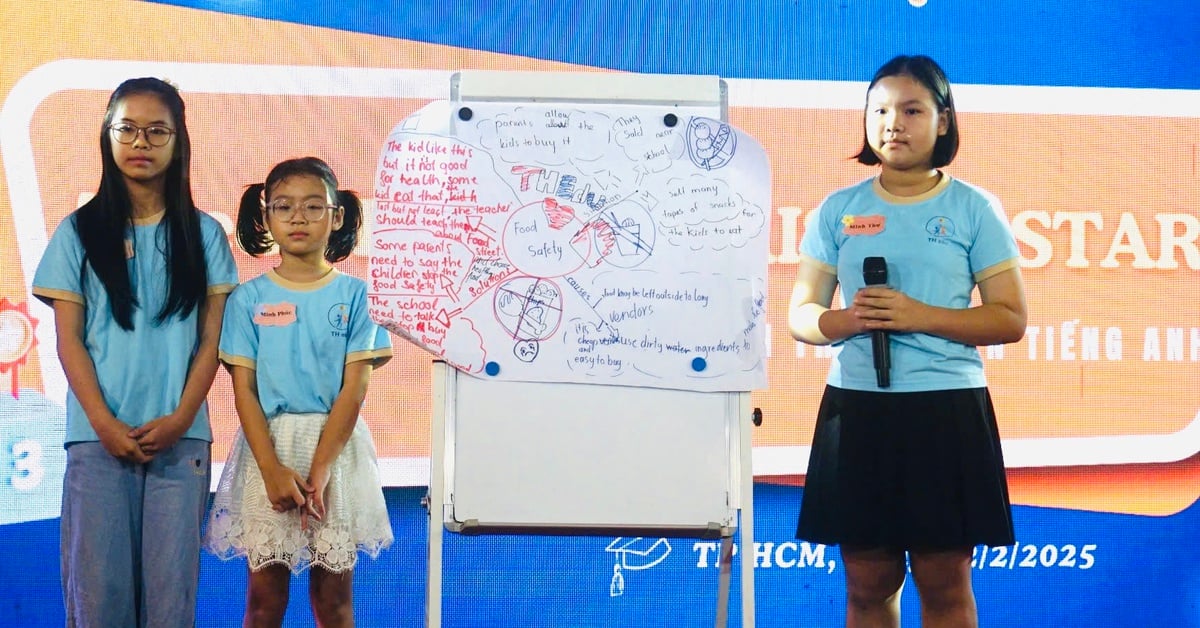







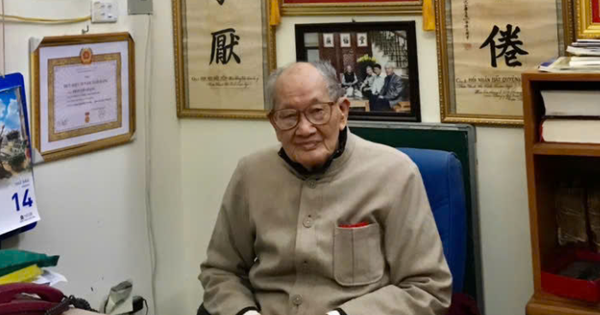



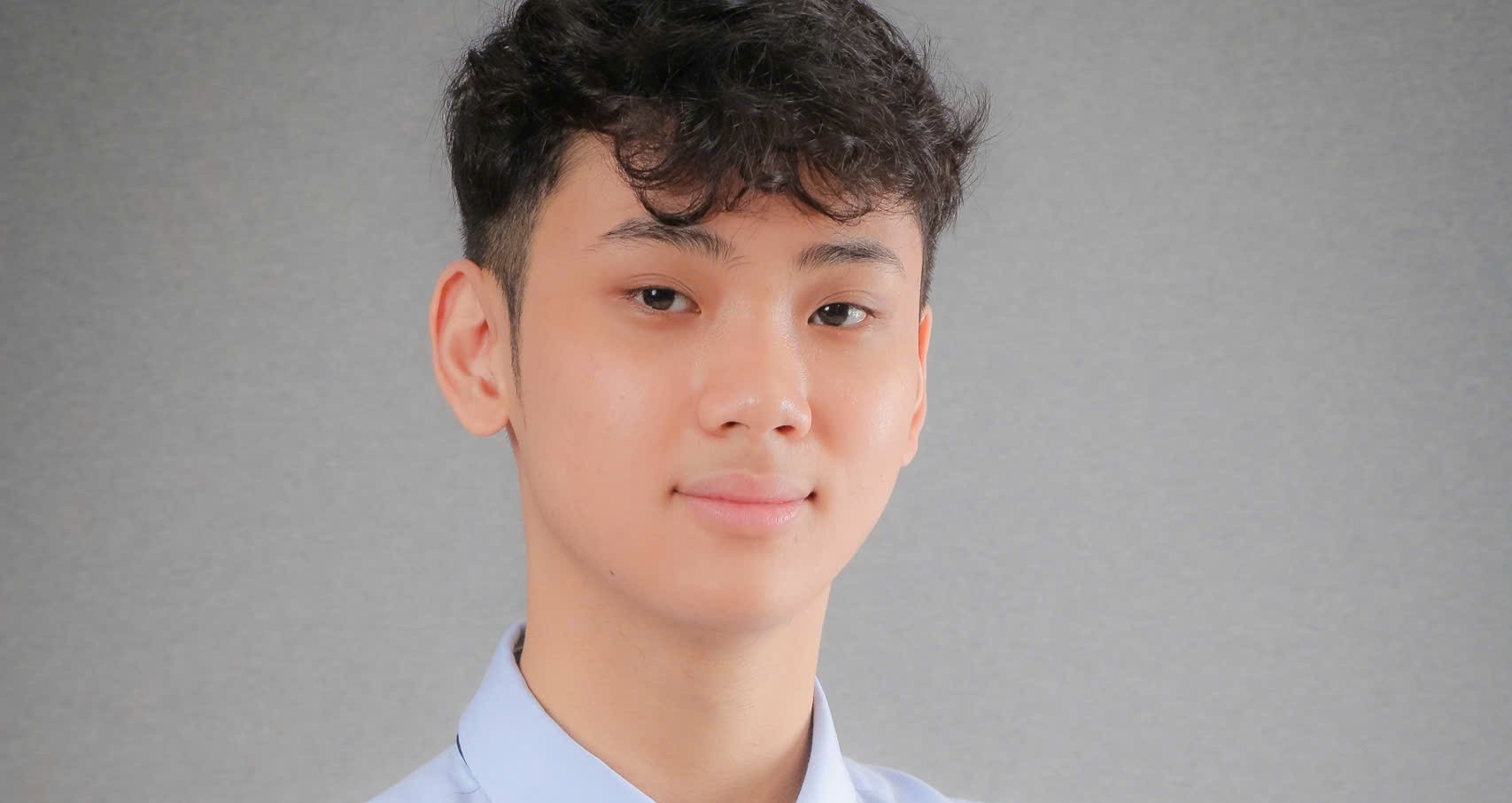





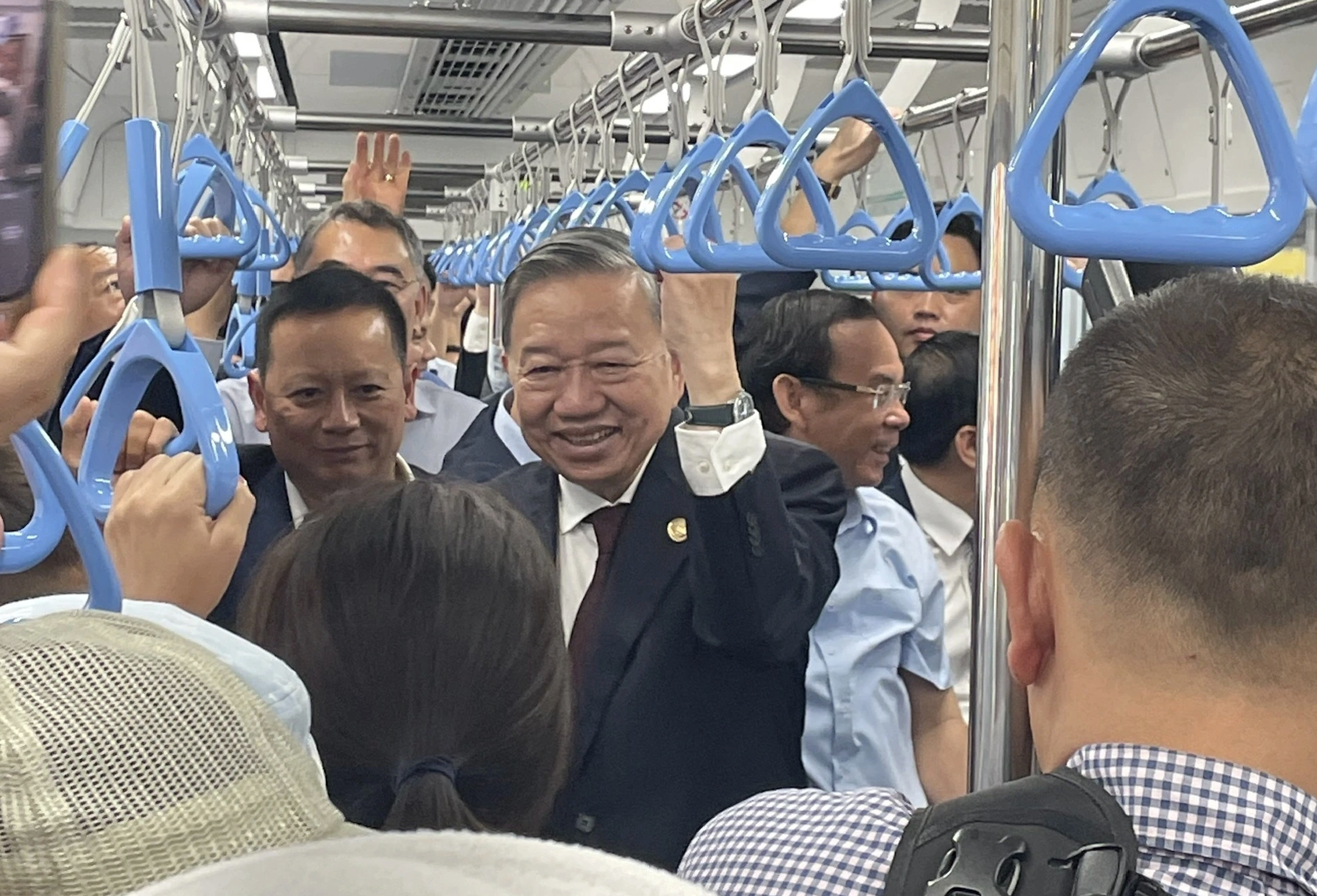

Comment (0)